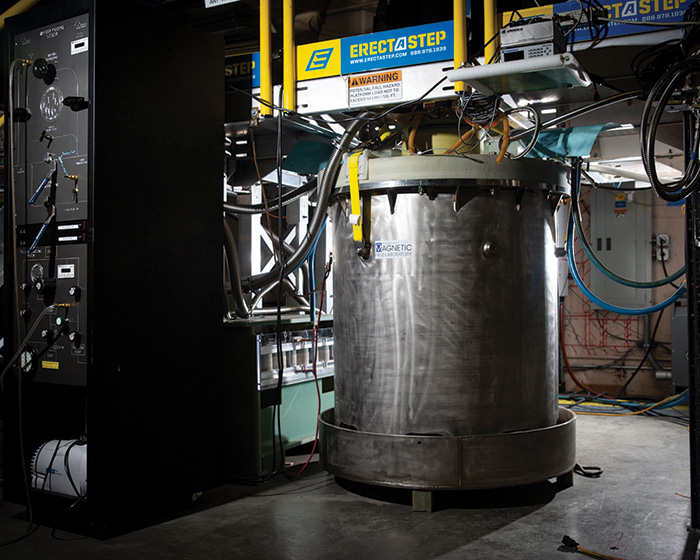What are valence orbitals?
An atom consists of two basic parts: the nucleus and the electrons.
The nucleus is the central core of an atom and is made up of protons and neutrons. Electrons are very light, negatively charged particles that surround the positively charged nucleus. Early models of the atom depicted the electrons circling the nucleus in fixed orbits, much like planets revolving around the sun.

Current theory suggests that electrons are housed in orbitals. An orbital is a region of space where there is a high probability of finding an electron. There are four basic types of orbitals: s, p, d, and f. An s orbital has a spherical shape and can hold two electrons. There are three p orbitals, each of which has the same basic dumbbell shape but differ in its orientation in space. The p orbitals can hold up to six electrons.

There are five d orbitals, which have more complicated shapes than s and p orbitals. The shape and orientation of the d orbitals, which together can hold up to 10 electrons, are shown to the right.

The chemical and physical behavior of the elements results from the configuration of the outermost electrons. These electrons, called the valence electrons, are the most loosely held and interact with those in other atoms to form chemical bonds. The type of orbital (s, p, d, or f) that the valence electrons reside in is a function of the elements' position in the periodic table. For example, elements having a partially filled set of d orbitals are called transition, or d-block, elements. These elements use electrons in the d orbitals for bonding and chemical reactivity.

Orbitals are often preceded by numerical designations, i.e. 4f, 5d, 3p, etc. This number is an indication of the size and energy of the orbital. A larger number indicates a larger and higher energy orbital. Thus, electrons in the 3s orbital of sodium (Na) are higher in energy and farther away from the nucleus than electrons found in the 2s orbital of lithium (Li).

In contrast to the transition elements, the seven f orbitals, which are found in lanthanides and actinides, are less well understood. The 14 electrons that can reside in these orbitals are highly contracted (i.e., held close to the nucleus) and are not thought to overlap to any great degree with the valence orbitals of neighboring atoms. Thus, bonding in the lanthanides and actinides is thought to rely more heavily on the p and d orbitals. As such, the role of the f orbitals in bonding and reactivity has been a subject of considerable debate.







